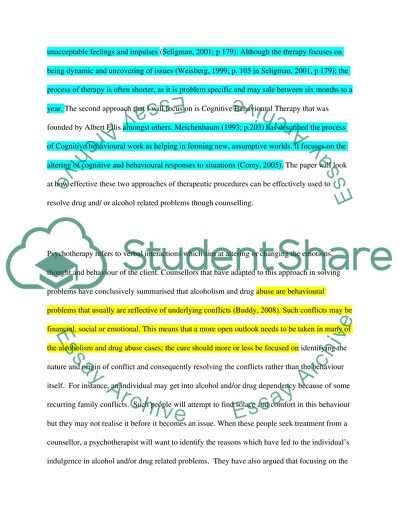Cite this document
(“Counselling Skills 1 Assighnment Assignment Example | Topics and Well Written Essays - 1750 words”, n.d.)
Counselling Skills 1 Assighnment Assignment Example | Topics and Well Written Essays - 1750 words. Retrieved from https://studentshare.org/psychology/1431396-counselling-skills
Counselling Skills 1 Assighnment Assignment Example | Topics and Well Written Essays - 1750 words. Retrieved from https://studentshare.org/psychology/1431396-counselling-skills
(Counselling Skills 1 Assighnment Assignment Example | Topics and Well Written Essays - 1750 Words)
Counselling Skills 1 Assighnment Assignment Example | Topics and Well Written Essays - 1750 Words. https://studentshare.org/psychology/1431396-counselling-skills.
Counselling Skills 1 Assighnment Assignment Example | Topics and Well Written Essays - 1750 Words. https://studentshare.org/psychology/1431396-counselling-skills.
“Counselling Skills 1 Assighnment Assignment Example | Topics and Well Written Essays - 1750 Words”, n.d. https://studentshare.org/psychology/1431396-counselling-skills.


